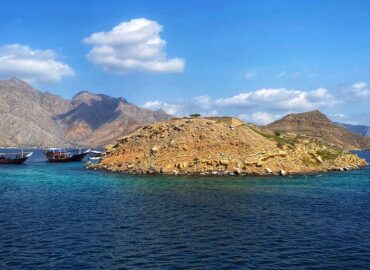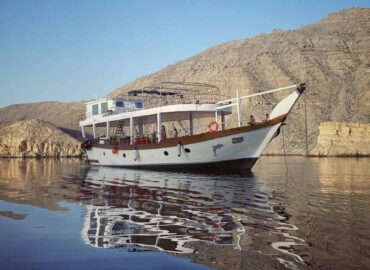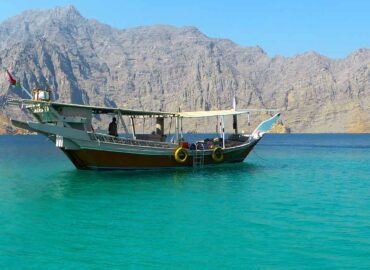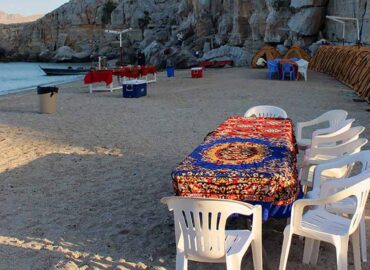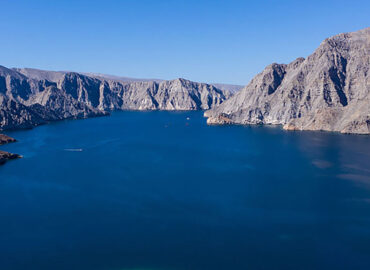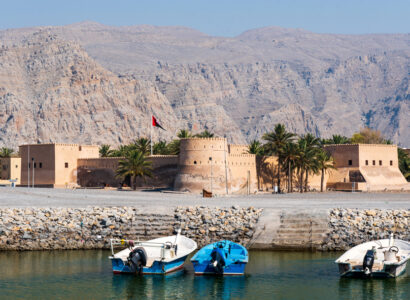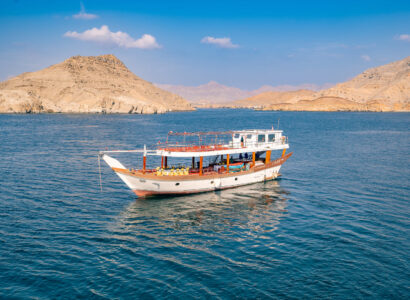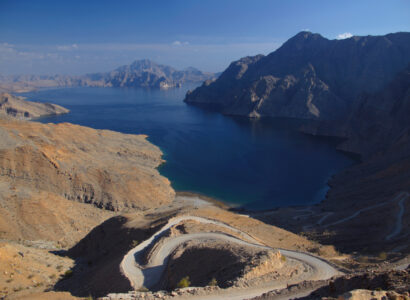The History and Evolution of Dhows in Oman
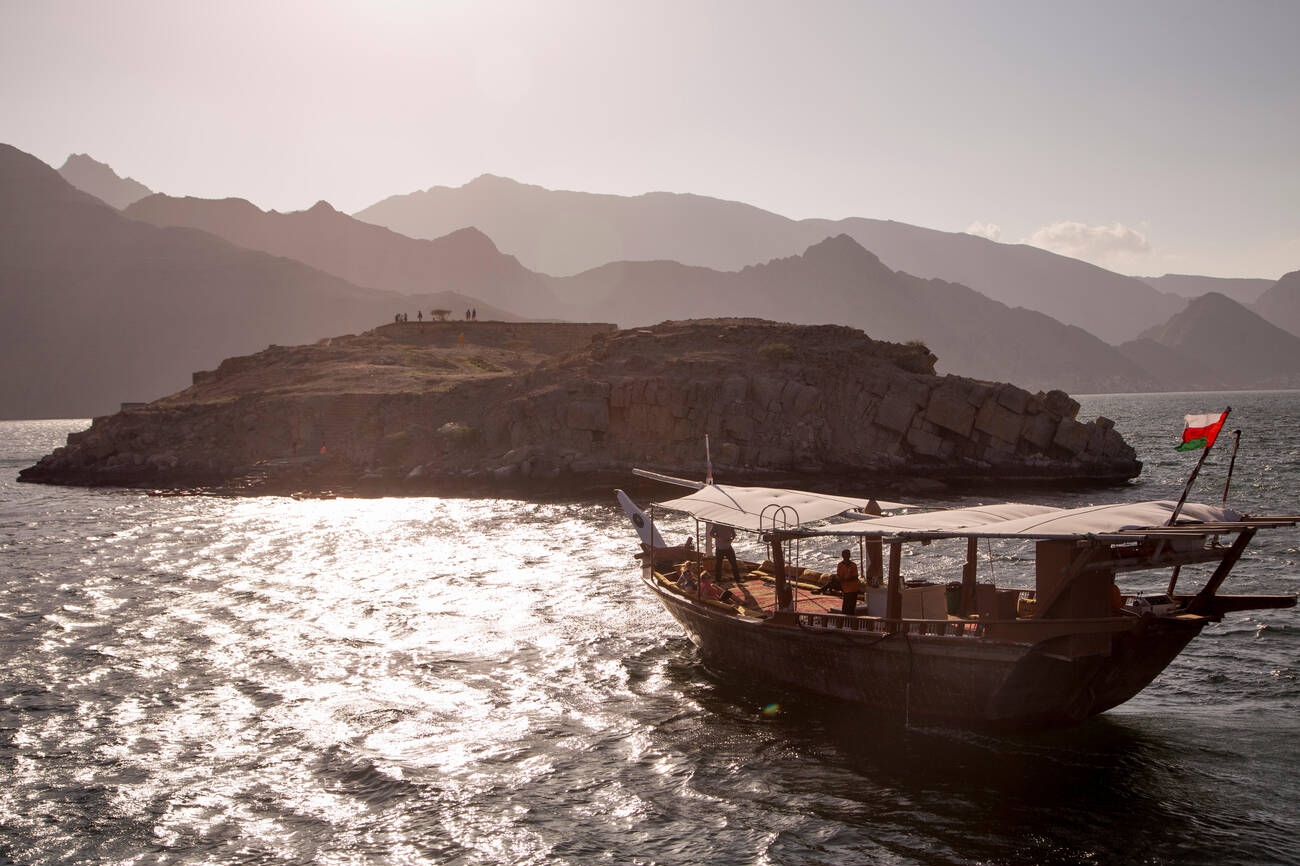
When we think of Oman, many images come to mind. The towering sand dunes, the spice-filled air of the markets, and the iconic sight of dhows gracefully cutting through the water.
These wooden boats, with their elegant curves and towering sails, have been a part of Omani culture for centuries. But what is the story behind these vessels? Let’s find out.
Dhows in Omani Culture: More Than Just Boats
The dhows in Omani culture are not just ordinary boats, but the whole culture of Oman lies in these dhows. In this blog, we will find out the how dhows in Oman evolved and what the history holds.
-
Ancient Maritime Traditions: The Beginnings of the Dhow
The dhow isn’t just a recent addition to the Omani seascape. These boats trace back to ancient times when the Arabian Peninsula was a hub of trade and exploration.
Dhows were the ships of choice for Arab traders, known for their durability and agility. They became the backbone of maritime activities in the region, from the musandam trips package to the broader Gulf region.
-
Building a Dhow: Craftsmanship and Materials
To understand a dhow’s significance, one must first grasp how it’s built.
Traditional dhows were constructed using sturdy wood, often teak or coconut. The process wasn’t simple. Artisans, with skills passed down through generations, handcrafted each part.
The boat’s design ensured that it was both resilient against rough seas and fast enough for trading missions. This meticulous craftsmanship played a role in the popularity of musandam tour packages among traders of the past.
-
From Trade to Tourism: The Dhow’s Modern Journey
Over the centuries, the role of the dhow has evolved. Once the primary vessels for trade, they are now a major attraction for tourists.
Modern-day tour boats, often part of musandam deals, still maintain the classic dhow design but are equipped with amenities to cater to today’s traveler.
Whether it’s a musandam tour from Dubai or a musandam trip package from Sharjah, the dhow remains central to the experience.
-
Dhows and Trade: Fostering Relationships in the Gulf
The historical importance of dhows goes beyond just transportation. These boats were instrumental in fostering trade relationships across the Gulf region.
With a dhow, Omani traders could reach distant shores, exchanging goods and ideas. They connected Oman with places far and wide, making places like musandam Oman tour an integral part of the ancient trade route.
These trade relationships laid the foundation for the modern connections we see today, from musandam tours from Dubai to oman musandam relationships.
-
Merging Past and Present: Dhows in Today’s Khasab
As we sail on a dhow in Khasab today, we’re not just on a boat trip. We are on a journey through time. These vessels, which once carried spices, textiles, and traders, now carry eager tourists, exploring the beauty of Oman’s waters.
The dhow, with its blend of history and modernity, encapsulates the spirit of Khasab. From ancient trade routes to musandam tour from UAE, the legacy of the dhow is ever-present and continues to shape Oman’s maritime heritage.
-
The Dhow’s Impact on Omani Society
While we often associate dhows with the sparkling waters of Oman, their influence isn’t limited to just maritime realms.
The dhow has deeply woven itself into the very fabric of Omani society. From art and music to festivals and traditions, the dhow’s shape can be seen and felt in various aspects of daily life.
Songs sung by sailors, tales of voyages, and intricate dhow-inspired designs on Omani fabrics – all these showcase a deep cultural appreciation.
An evening in any Omani household or a stroll in a market might bring you face to face with a dhow-inspired artifact or tale, reinforcing their societal significance.
-
Dhow Building: A Community Endeavor
Building a dhow wasn’t just about constructing a vessel; it was a community event. Each dhow required the effort and expertise of many: woodworkers, sailmakers, rope binders, and more. Villages would often rally together to assist in the construction, especially in popular musandam trips package regions.
This communal spirit wasn’t limited to just the building process. When a dhow was completed, there were celebrations. These festivities, often marked with traditional music and dance, highlighted the Omani community’s unity and shared purpose.
The musandam oman tour today strives to emulate this feeling of togetherness, bringing visitors into the communal fold.
-
The Economic Powerhouse: Dhows and Trade
The dhow’s significance wasn’t just cultural; it had substantial economic implications. Dhows were the primary means of trade and transport.
They carried frankincense, dates, and other valuable commodities from Oman to distant lands like India, Africa, and even China. This trading prowess allowed Oman to collect wealth and influence, turning regions like musandam into thriving trade hubs.
Furthermore, the dhow facilitated cultural exchange. Goods weren’t the only things exchanged on these voyages; ideas, techniques, and traditions also found their way across borders. This exchange enriched the Omani way of life and solidified its role as a key player in ancient globalization.
-
Modern-day Dhows: Preserving the Legacy
In today’s age of speedy jets and luxury cruises, one might wonder where the dhow fits. Yet, their relevance hasn’t diminished.
Modern-day dhows, while often fitted with motors and contemporary amenities, strive to maintain their traditional essence. Many local artisans and builders ensure that the dhow’s original designs are respected, even when new elements are introduced.
Many Omani businesses, especially those offering musandam tours from Dubai or musandam tour from sharjah, understand the importance of the dhow experience. They know that tourists are not merely looking for a boat ride but a voyage through history.
To this end, many tours incorporate traditional elements like Omani music, storytelling sessions about ancient sailors, and even demonstrations of old fishing techniques. These efforts ensure that the dhow’s legacy is preserved for future generations.
-
Dhows in Literature and Art
Omani literature, poetry, and art are full with dhow imagery. From tales of brave sailors navigating treacherous waters to poetic verses praising the beauty of a dhow against a setting sun, their impact is undeniable. Local artists often use the dhow as a motif in their work, showcasing its elegance and significance.
For those visiting Oman and participating in a musandam tour from uae, it’s recommended to delve into local art galleries or bookshops. Here, one can witness firsthand the dhow’s influence on Omani creativity.
Conclusion: The Timeless Dhow
Adding to our initial conclusion, as we reiterate the importance of the dhow, it’s crucial to understand its multi-faceted role.
It’s not just a boat or a tourist attraction but a living testament to Oman’s history, culture, and resilience. From ancient times when they sailed as trade powerhouses to modern-day musandam deals that invite tourists to experience a slice of Omani history, dhows continue to be a beacon of Oman’s maritime identity.
For visitors, a journey on a dhow isn’t merely about enjoying the scenic beauty of Oman’s coasts. It’s about understanding a culture, witnessing a legacy, and appreciating the seamless blend of history with the present.
Each creak of the wood, every flutter of the sail, tells tales of adventures, of brave sailors, of distant lands, and of a time when the dhow was the king of the seas. As they continue to sail the Omani waters, they remind us of a past that’s still very much alive today.
Share this post
KHASAB MUSANDAM TOUR PACKAGES
Have you ever been to Norway? Musandam Khasab dhow cruise tour brings you an opportunity to explore the “Norway Of Arabia”. Book a Khasab dhow cruise and we bet you will fall in love with the beauty of Khasab Musandam.

